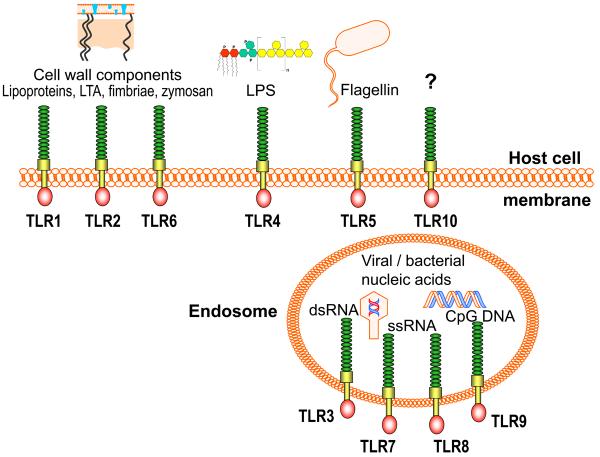Fig. 2. Microbial ligand specificities of human TLRs.
Those TLRs which recognize extracellular microbial structures (i.e., TLRs 1, 2, 4, 5, and 6) are expressed on the host cell surface. TLR2 in cooperation with its signaling partners, TLR1 or TLR6, detect mostly microbial cell wall components, such as lipoproteins, lipoteichoic acid (LTA), firmbriae, or yeast zymosan (1, 12). TLR4 and TLR5 recognize lipopolysaccharide (LPS) and bacterial flagellin, respectively, whereas no ligand has been identified for TLR10. Those TLRs specializing in detecting viral or bacterial nucleic acids (i.e., TLRs 3, 7, 8 and 9) are expressed intracellularly on endocytic vesicles. TLR3 recognizes double-stranded viral RNA, TLR7 and TLR8 single-stranded viral RNA, and TLR9 detects microbial CpG DNA.

